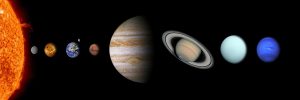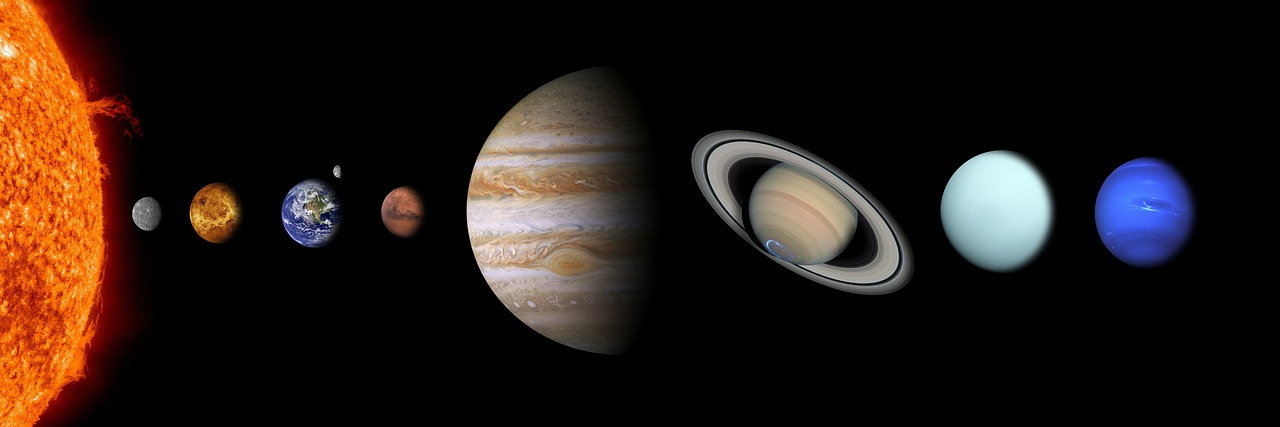Table of Contents
ToggleThe Solar System: A Complete Guide to Our Cosmic Neighborhood

The solar system is a vast and fascinating expanse of space, home to our planet Earth and a host of other celestial objects. From the blazing Sun at the center to the icy bodies on the edge, the solar system tells a story of cosmic evolution, mystery, and discovery.
What Is the Solar System?
The solar system consists of the Sun and all objects that are bound to it by gravity. This includes:
-
Eight planets
-
Dwarf planets (like Pluto)
-
Moons (over 200!)
-
Asteroids
-
Comets
-
Meteoroids
-
The Kuiper Belt and Oort Cloud
These components together form a complex, dynamic system that stretches over billions of kilometers.
The Planets in Order
Here are the eight planets, listed from closest to the Sun outward:
-
Mercury – The smallest and fastest planet.
-
Venus – Similar in size to Earth, but extremely hot.
-
Earth – The only known planet with life.
-
Mars – The “Red Planet” with a thin atmosphere.
-
Jupiter – The largest planet, famous for its Great Red Spot.
-
Saturn – Known for its stunning ring system.
-
Uranus – An ice giant with a unique sideways rotation.
-
Neptune – A windy, blue world on the solar system’s edge.
Beyond the Planets: What Else Is in the Solar System?
-
Asteroid Belt – Located between Mars and Jupiter, filled with rocky remnants.
-
Kuiper Belt – Home to Pluto and other icy bodies.
-
Oort Cloud – A theoretical shell of icy objects far beyond Neptune.
-
Moons – From Earth’s Moon to Titan and Europa, many moons may harbor subsurface oceans or unique features.
How Was the Solar System Formed?
Around 4.6 billion years ago, a cloud of gas and dust collapsed under its own gravity, forming a spinning disk. The Sun formed at the center, and the remaining material clumped together to form the planets and other bodies. This process is called solar nebula theory.
Why Is the Solar System Important?
Understanding the solar system helps us:
-
Learn about Earth’s origins and future
-
Study other planets for signs of life
-
Understand the dynamics of planetary systems
-
Prepare for space exploration and asteroid defense
Fun Facts About the Solar System
-
Jupiter is so big it could fit all other planets inside it.
-
Venus spins in the opposite direction of most planets.
-
The Moon is slowly moving away from Earth—about 3.8 cm per year.
-
One day on Venus is longer than its year.
Conclusion
The solar system is more than just a group of planets orbiting a star—it’s our cosmic home and a gateway to the universe. Whether you’re an astronomy enthusiast, student, or simply curious, exploring the solar system reveals not just the science of space, but also the wonder of existence.
Keywords Optimized in This Post
-
Solar system
-
Planets of the solar system
-
What is the solar system
-
Formation of the solar system
-
Solar system facts
Would you like a version optimized for a specific age group, tone (e.g., casual or scientific), or platform (e.g., Instagram, Medium, educational site)?
Do you like this personality?
